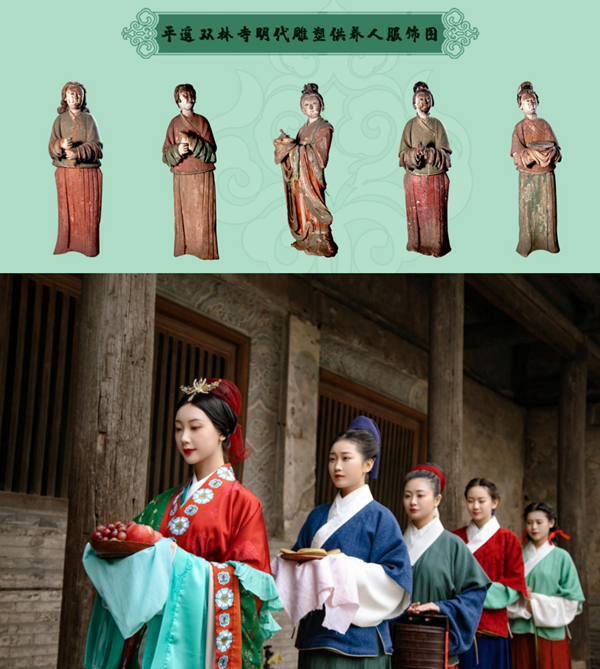News
Pingyao teems with vibrancy, charms of millennia
Updated:2022-03-18 12:46( chinadaily.com.cn)

A sweeping aerial panorama depicts the extraordinary charms of the Ancient City of Pingyao. [Photo/Shanxi Daily]
The Ancient City of Pingyao in North China's Shanxi province – a UNESCO World Cultural Heritage Site with a history stretching over 2,800 years – has continued to showcase its proactive and positive attitude and significant achievements made in cultural relics protection and promotion.
Over the past decade, it has invested over 15 million yuan ($2.36 million) in repairing and restoring 104 courtyards. And these well-preserved dwellings from the Ming (1368-1644) and Qing (1644-1911) dynasties have been given nameplates for being historic buildings.
In addition to the buildings, the renovation and maintenance of the wall sections of the Ancient City of Pingyao has been carried out. Since 2016, financial support at the national, provincial, municipal and county level – topping 35.5 million yuan – has been poured into repairing some 10 wall sections, according to Lei Yaxian, director of Pingyao Cultural Relics Institute.
Extensive underground work has also been underway, in an infrastructure upgrading and renovation project. It focuses on comprehensive improvements to the underground pipeline network for electricity, communications, rainwater and gas – as well as fire-fighting infrastructure which is under construction.
The project covers 121 streets, stretching 30.22 kilometers, in and around the Ancient City of Pingyao. After completion, it is expected to resolve the problems – linked to waterlogging, rain and sewage diversions, traffic disturbances and insufficient power loads – that have plagued the ancient city for many years.

A B&B successfully plies its trade. It was converted from a folk residence in the Ancient City of Pingyao [Photo/Shanxi Daily]
The strong love of the ancient city and the commitment of locals to protect it has always been in evidence, despite the passage of thousands of years.
Generations living there have joined in the protection and promotion of 110 intangible cultural heritage items, including four at the national level and 19 at the provincial level.
"Shanxi is not short of culture, but it lacks the form to make the culture come alive," said Xiao Xu, a Pingyao-born artist who has been engaged in the culturally creative field for many years.
He has returned to his hometown to specialize in research on Hanfu – traditional Chinese apparel – and travel photography, and has restored costumes for colored sculptures in the Shuanglin Temple in Pingyao.
To better pass down national intangible cultural heritage polished lacquerware know-how – with thousands of years of history – Pingyao craftsmen have developed jewelry boxes, tea sets, toys, stationery and jewelry products based on lacquerware techniques.
Huo Wenzhong, director of Pingyao Intangible Cultural Heritage Center, said that there are more than 100 lacquerware workshops and shops in Pingyao, with lacquerware products being exported to more than 30 countries and regions.

Models show off clothes inspired from the painted sculptures of the Shuanglin Temple in Pingyao county. [Photo/Shanxi Daily]
Despite a history now getting on towards three millennia, the ancient city is widely said to still possess vigorous vitality and plans are to further its efforts in cultural protection and promotion in the current year.
It is scheduled to complete emergency repairs to five ancient wall sections, start repair projects for seven county level cultural protection sites – as well as to advance the innovative development of its polished lacquerware industry.
In addition, Pingyao will further cooperate with the Palace Museum in Beijing to build a provincial and even national cultural creative industrial innovation base in the county. Furthermore, it will conduct study tours of the Ancient City of Pingyao, themed on the culture of the Shanxi merchants.



